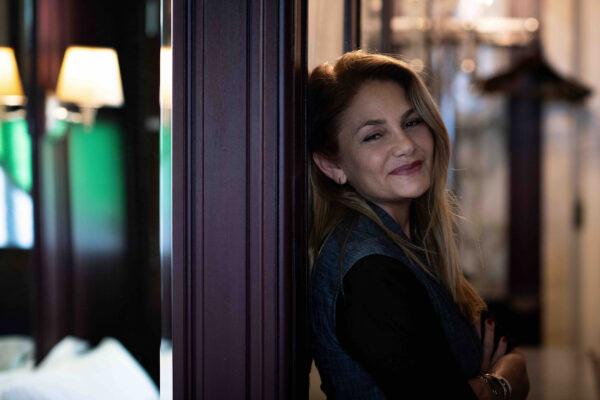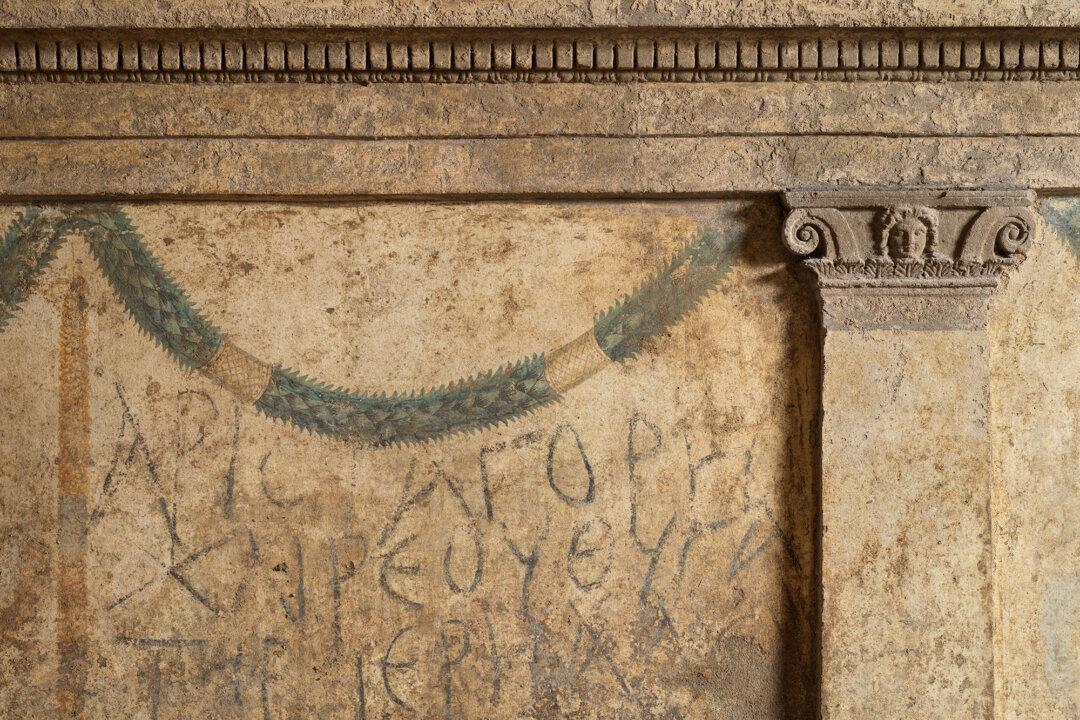Italian hotel owner Alessandra Calise Martuscelli is fulfilling her dream to help improve her city of birth, Naples, by restoring a rare part of the city’s ancient Greek heritage. Around 600 B.C., the Greeks founded Naples as Neapolis (New City).

Alessandra Calise Martuscelli and her family have recently opened the rare, ancient Greek Ipogeo dei Cristallini in Naples, Italy. Riccardo Piccirillo






